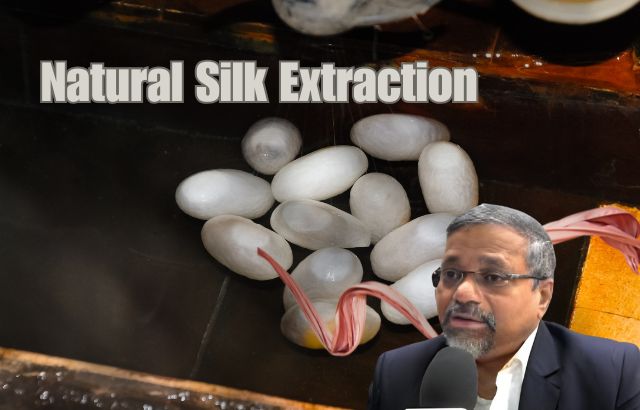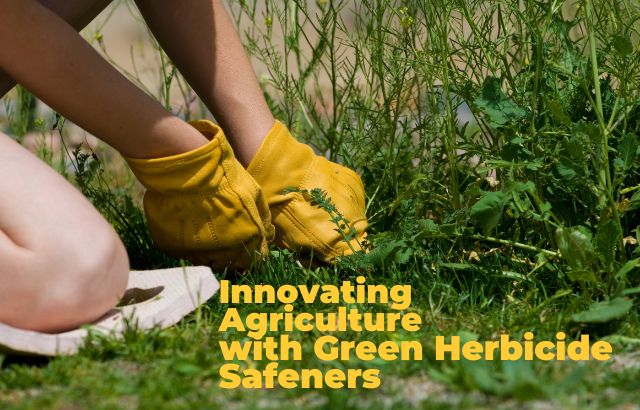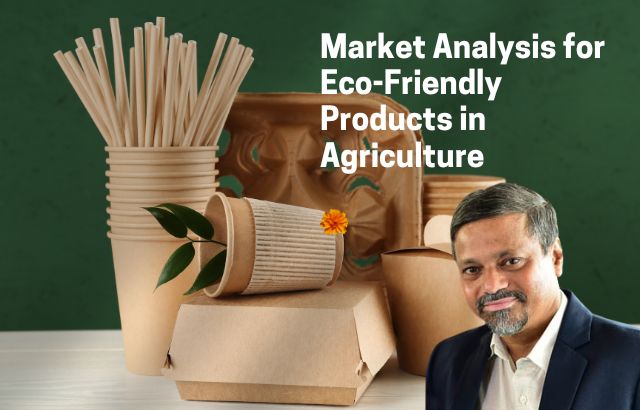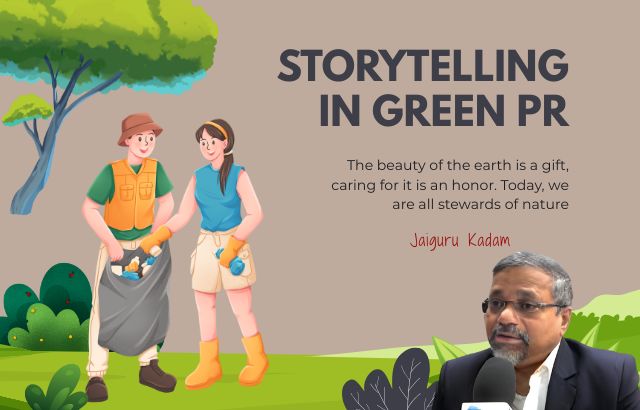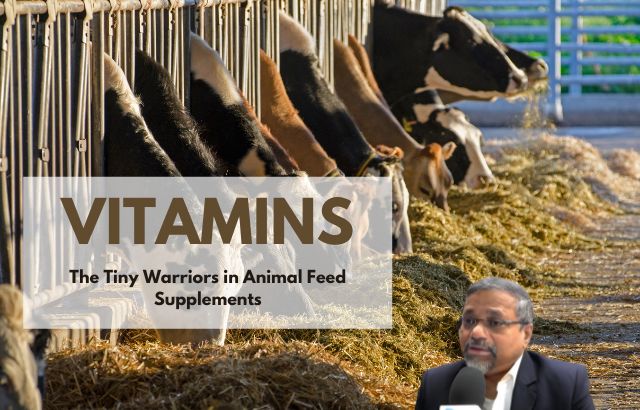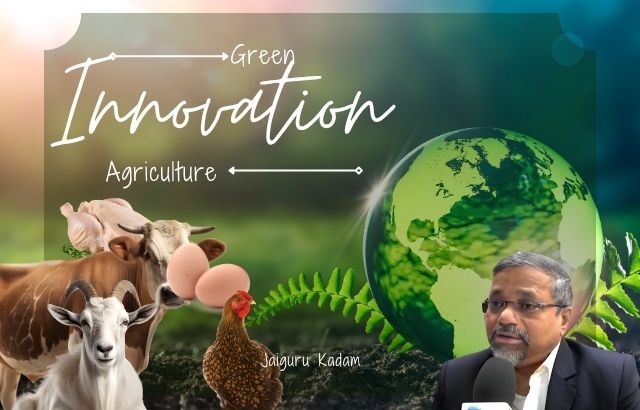Natural silk has long been a symbol of luxury, elegance, and sustainability in the textile industry. With increasing awareness about environmental impacts, many businesses are looking for more sustainable, eco-friendly alternatives for production. A new and revolutionary method of extracting silk from natural sources using a proprietary process is creating significant opportunities for B2B companies to innovate, reduce their carbon footprint, and offer products that align with green practices.
The Proprietary Extraction Process
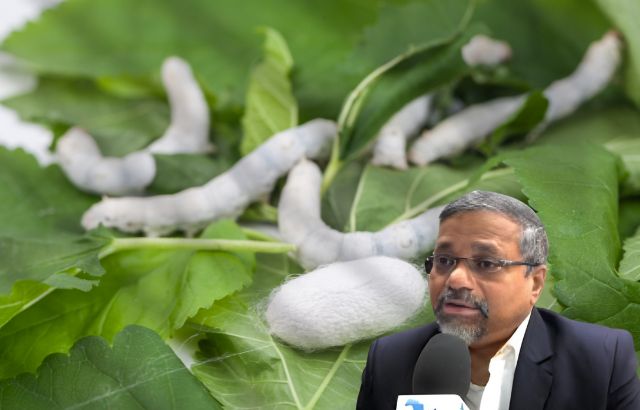
The silk extraction process has traditionally relied on silkworms, which produce silk fibers through their natural process. However, this has posed challenges such as extensive land use, high water consumption, and labor-intensive methods. Our proprietary extraction process, on the other hand, focuses on using sustainable plant-based sources, such as the Bamboo Silk or Eri Silk, which provides an eco-friendly alternative to the conventional methods.
This innovative technique extracts the natural silk from plants, dramatically reducing the carbon footprint while still offering high-quality silk-like fibers for various industries.
Examples of Natural Silk Applications
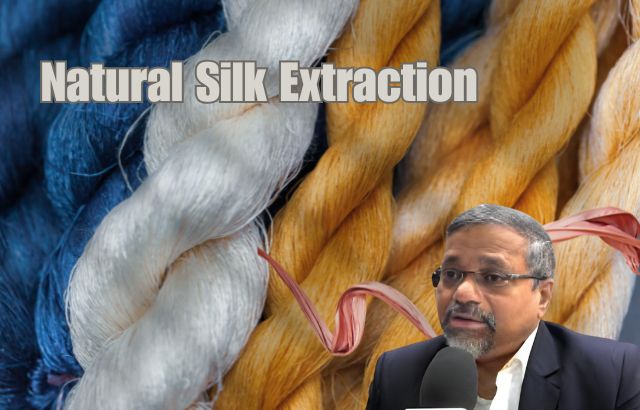
- Fashion Industry: Designers and textile manufacturers are increasingly incorporating plant-based natural silks in their collections. The luxurious feel of the fabric combined with its sustainable production process makes it ideal for eco-conscious fashion brands.
- Home Textiles: Bedding, curtains, and other home textile products made from this natural silk are growing in popularity, especially among eco-friendly consumers who want sustainable home decor without sacrificing comfort or quality.
- Medical & Biotech: Natural silk’s biocompatibility makes it useful in medical applications such as wound dressings and tissue engineering. The proprietary extraction process provides an opportunity to produce silk fibers that are not only green but highly functional for these industries.
Role of Green Innovators in the B2B World
A Green Innovator plays a pivotal role in bridging the gap between business goals and environmental sustainability. Here’s how:
- Development of Sustainable Products: Green innovators are responsible for the research and development of environmentally friendly products, such as this new method of silk extraction. Their role involves not only creating products that reduce environmental harm but also ensuring that these products meet the needs of businesses and consumers.
- Reducing Carbon Footprint: By using alternative raw materials and eco-friendly processes, green innovators reduce the carbon footprint of production. In the case of our natural silk extraction process, this could mean a reduction in water consumption, land use, and waste generation compared to traditional silk farming.
- Certifications and Standards: Green innovators often work to obtain certifications such as GOTS (Global Organic Textile Standard), Fair Trade, and others to prove the sustainability of the products they create. This gives businesses an edge in the competitive market, showing that their products are environmentally responsible.
- Supply Chain Management: A Green Innovator ensures that sustainable practices are implemented throughout the supply chain, from raw material sourcing to final product delivery. They collaborate with farmers, manufacturers, and other stakeholders to integrate greener processes.
FAQs About Natural Silk and the Proprietary Extraction Process
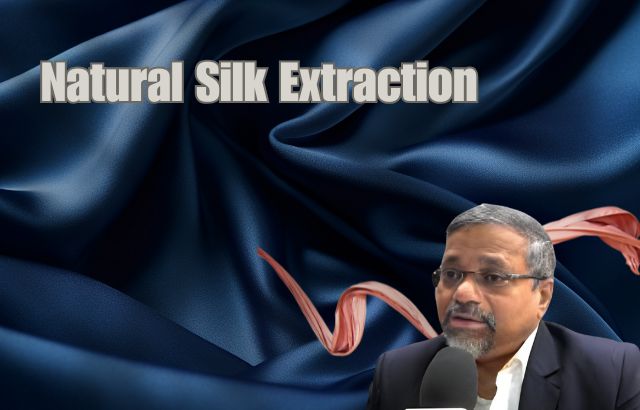
- 1. What makes this silk extraction process different from traditional methods?
- Traditional silk is obtained by harvesting silk from silkworms, which requires a lot of water and energy. Our proprietary extraction method involves plant-based fibers, reducing the ecological impact and enabling a more sustainable production cycle.
- 2. Is the natural silk produced through this process of high quality?
- Yes, the silk produced from our extraction process retains the luxurious feel and durability of traditional silk but with a much lower environmental impact. It is soft, lightweight, and breathable, making it perfect for high-end fashion and other applications.
- 3. Can this process be scaled for mass production?
- Absolutely! The proprietary process has been designed for scalability, which means businesses can produce large quantities of natural silk without compromising on quality or sustainability.
- 4. How does this process impact the environment compared to traditional silk farming?
- Traditional silk farming requires significant land area, water, and pesticides, leading to environmental degradation. Our plant-based silk extraction reduces water consumption, eliminates the need for pesticides, and uses fewer resources in the overall process, making it much more eco-friendly.
- 5. How can businesses incorporate this natural silk into their products?
- Businesses can source our natural silk for use in a variety of products, including clothing, bedding, medical applications, and more. Companies can work directly with us to discuss their production needs and customize their orders based on their requirements.
Agriculture Green Innovator: Calculations and Sustainability Impact

The role of Green Innovators in agriculture extends beyond creating green products like silk. They also focus on improving farming practices, increasing productivity, and reducing environmental harm. Here are a few calculations to demonstrate how this proprietary silk extraction process benefits agriculture and the environment:
- Water Consumption: Traditional silk farming requires approximately 30,000 liters of water to produce 1 kg of silk. With our plant-based extraction, water usage drops to around 5,000 liters per kg, representing an 83% reduction in water consumption.
- Land Use: Silkworm farming requires around 4 hectares of land to produce 1 ton of silk. With plant-based silk, the land requirement is reduced to about 1 hectare per ton, leading to a 75% reduction in land use.
- Carbon Emissions: The production of conventional silk emits around 10 kg of CO2 for every kg produced. Our proprietary process reduces carbon emissions by 60%, bringing it down to just 4 kg of CO2 per kg of silk.
- Pesticides & Chemicals: Traditional silk farming often uses pesticides to protect the silkworms. Plant-based silk reduces the need for any chemical pesticides or fertilizers, eliminating this source of environmental harm.

